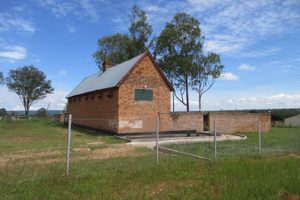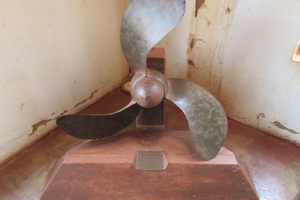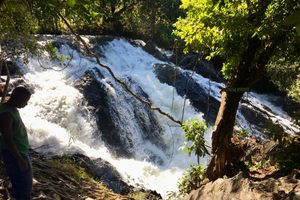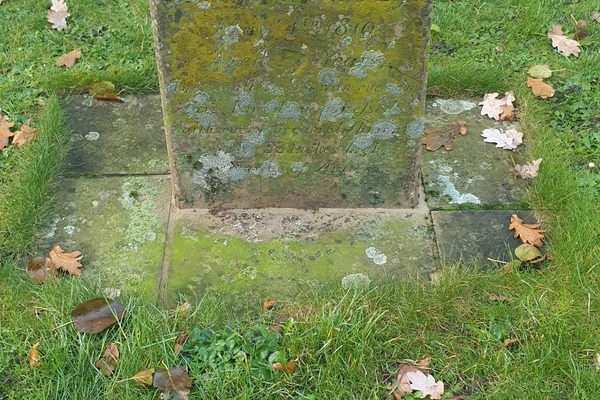About
In 1816, King Chaka established the Zulu nation with such force and violence that it drove many Zulu tribes out of South Africa in an event known as the Mfecane. One of these groups was the Jere clan, who under the leadership of King Zwangendaba, would spend the next 20 years on a trek through southern Africa.
Zwangendaba and his clan first fled to Mozambique under General Shoshangane, where Shoshangane established the Shangaan chiefdom. There, Zwangendaba parted ways with General Shoshangane and continued north into Zimbabwe, where he clashed with the Ndebele, another displaced Zulu tribe. Zwangendaba and his clan traveled farther north, eventually crossing the Zambezi river into modern-day Zambia on November 19, 1835, a day marked as auspicious by a total eclipse of the sun.
In Zambia, Zwangendaba continued to move north, using his warriors to raid local tribes for cattle. By 1845, they had reached modern-day Tanzania, where they fought the Ufipa people to establish a territory for themselves. During one of these battles, Zwangendaba was injured by a poisoned arrow, causing his warriors to retreat back south. They camped near Tongola Hill and used herbs to try to cure their leader, but Zwangendaba died. His grave was marked by large stones and logs, and today it has been reduced to a circular pile of stones marked by a modern-day sign.
Southern Africa continues to feel the effects of the march of Zwangendaba and other Zulu tribes out of South Africa. After Zwangendaba's death, the tribe split up under the leadership of his sons, Mpezeni, Mperembe, and Mbelwa, and continued their journeys. Mpezeni's people traveled south again, settling near modern-day Chipata (in Zambia's Eastern Province) and intermarrying with the Nsenga people.
Every year at the end of February, the Ncwala festival takes place which re-enacts Zulu traditions with thousands of people dressed as warriors. The first fruits of the season are tasted, the Chief drinks sacred blood from a speared black cow, and a singer recites praises in the Zulu language, preserved in a royal court far from the Zulu homeland.
Related Tags
Know Before You Go
Zwangendaba's grave is located approximately 18.6 miles from Nakonde along the Nakonde-Mbala Road. Traveling from Nakonde, the turnoff is to the left just after the marker denoting 159 kilometers to Mbala, and just before the railroad crossing. Turn left and travel about 0.8 miles down the dirt road. At forks, stay on the largest road. The grave is marked by a green sign and is maintained by a caretaker who lives next door.
Community Contributors
Added By
Published
April 24, 2019

























